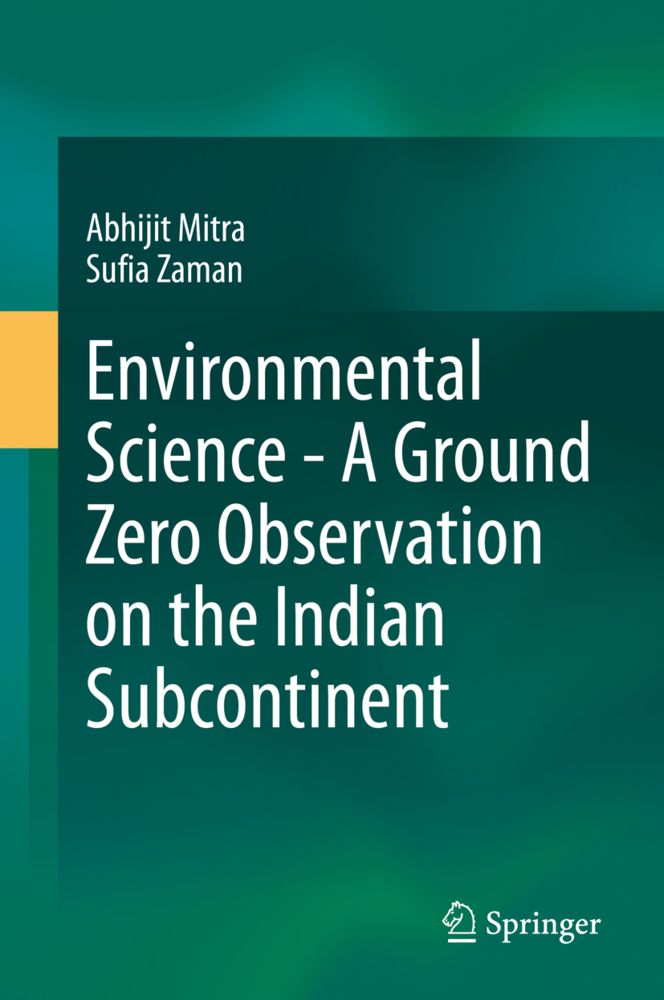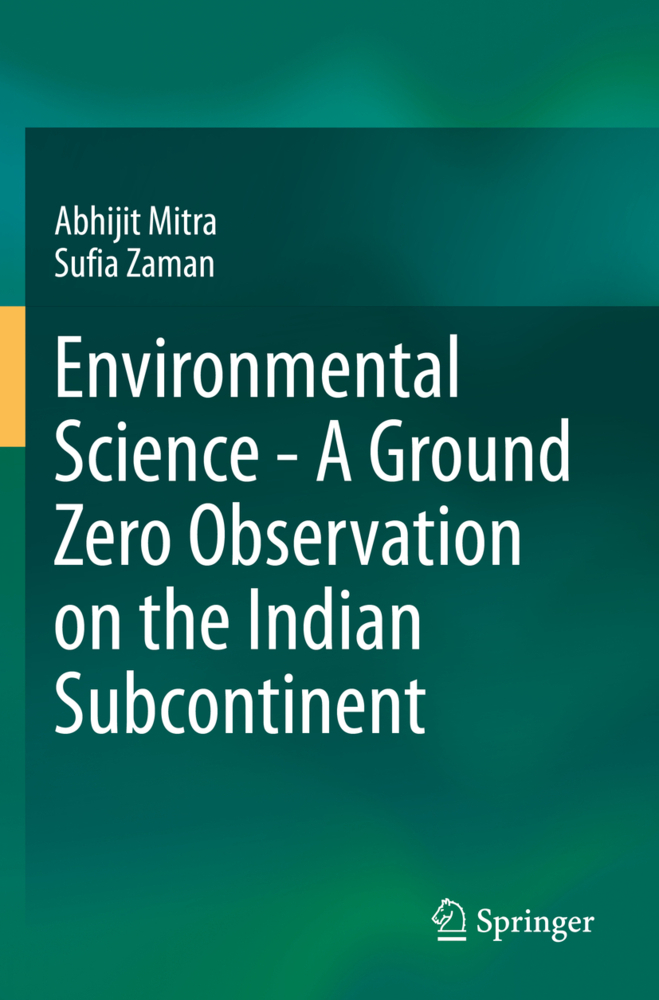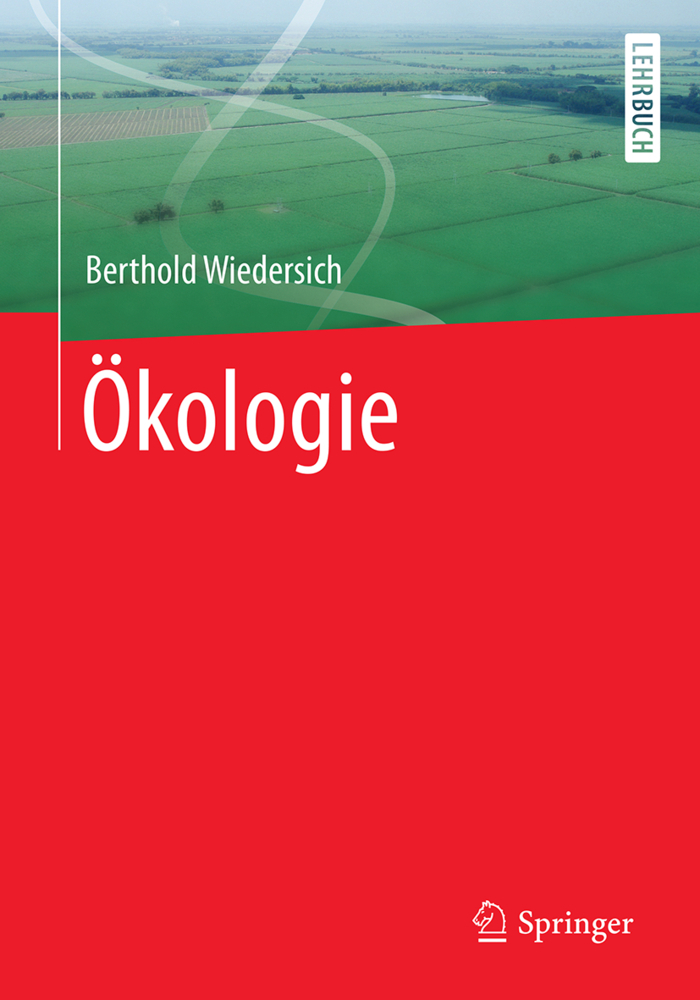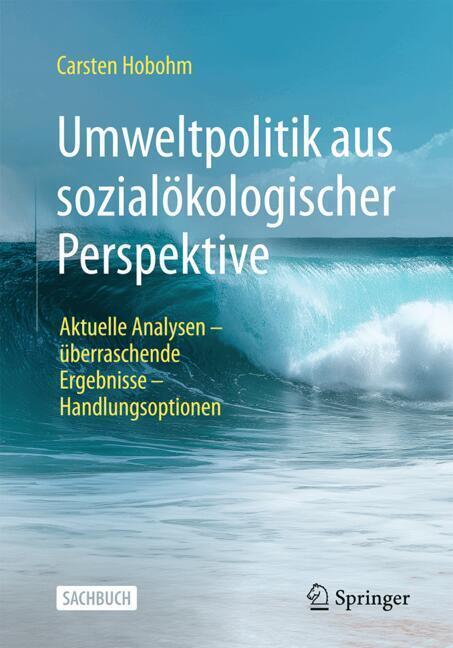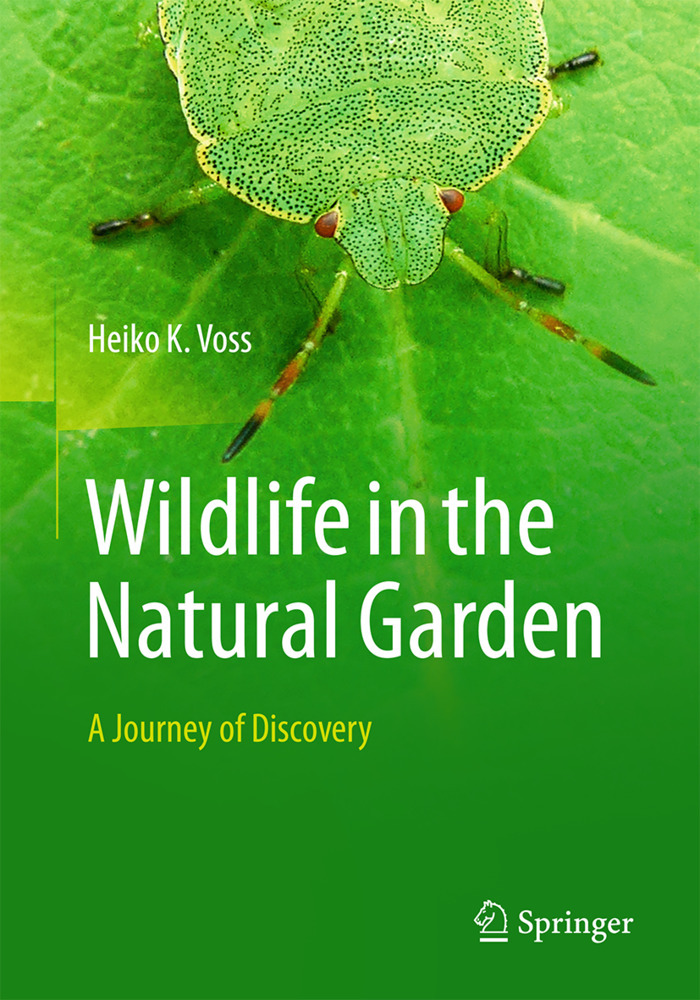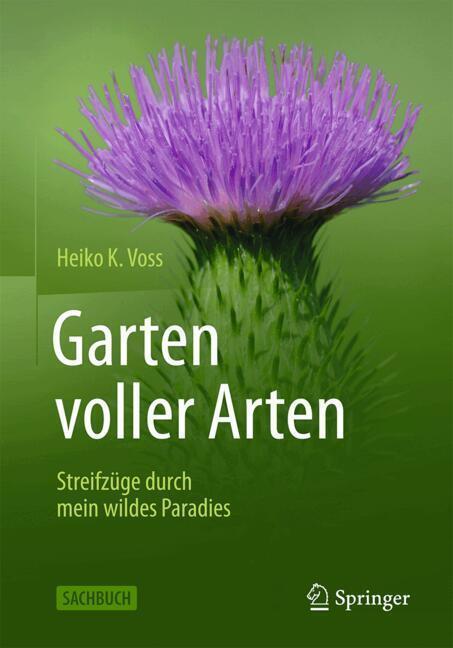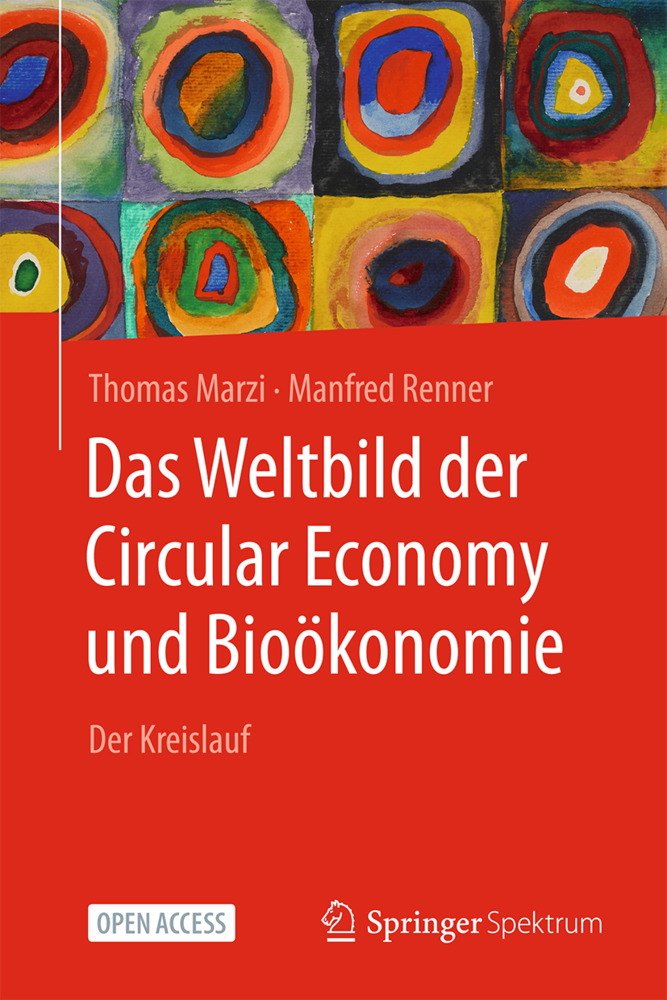Environmental Science - A Ground Zero Observation on the Indian Subcontinent
This book provides a cross-sectoral, multi-scale assessment of different environmental problems via in-depth studies of the Indian subcontinent. Data collected from different ecosystems forms a strong foundation to explore the topics discussed in this book. The book investigates how mankind is presently under the appalling shadow of pollution, climate change, overpopulation and poverty. The continuing problem of pollution, loss of forests, disposal of solid waste, deterioration of environment, global warming and loss of biodiversity have made nations aware of environmental issues. Many countries are desperately trying to move away from this adverse situation through technological development and policy level approaches. Through a number of case studies the authors provide details of ground level observations of the most environmentally stressed regions in the Indian subcontinent and beyond.
Chapter 1 Introduction to Environment
Chapter 2 Components of the Earth
Chapter 3 Earth and its Resources.- Chapter 4 Basics of Ecosystem
Chapter 5 Major Biochemical Cycles
Chapter 6 Biodiversity and its Conservation
Chapter 7 Air Pollution and its Mitigation
Chapter 8 Pollution and its Mitigation
Chapter 9 Soil Pollution and its Mitigation
Chapter 10 Oil Pollution
Chapter 11 Human Population and the Environment.- Chapter 12 Climate Change: Threat of Era.
| ISBN | 978-3-030-49130-7 |
|---|---|
| Artikelnummer | 9783030491307 |
| Medientyp | Buch |
| Auflage | 1st ed. 2020 |
| Copyrightjahr | 2020 |
| Verlag | Springer, Berlin |
| Umfang | XIV, 478 Seiten |
| Abbildungen | XIV, 478 p. 338 illus., 175 illus. in color. |
| Sprache | Englisch |

